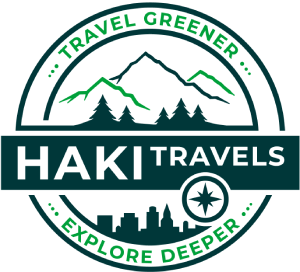Dreaming of touching the Bavarian sky? Your ultimate Zugspitze hike adventure starts here. This concise guide distills the essentials for conquering Germany’s highest peak, promising breathtaking panoramas and unforgettable memories. Get ready to explore Europe’s majestic alpine world.
As someone deeply familiar with Bavaria’s captivating trails, I can assure you, a Zugspitze hike offers an unparalleled experience. It’s more than just reaching a peak; it’s an ascent into a world where clouds dance below your feet and the air feels invigoratingly crisp. At 2,962 meters, Zugspitze stands as Germany’s highest mountain, a formidable yet rewarding challenge for any adventurer.
From its summit, you’ll witness breathtaking panoramic views spanning four countries: Germany, Austria, Switzerland, and Italy. This makes it an ideal destination for seasoned hikers seeking grand vistas, photographers chasing epic alpine shots, and anyone looking to tick off a remarkable bucket-list achievement. A Zugspitze hike truly offers a unique glimpse into the heart of the Alps.
2. Your Path to the Summit: Essential Routes
Choosing your Zugspitze hiking route requires honest self-assessment, as these are serious alpine trails. Here are the primary options:
- Reintal Route: This is the longest yet technically most straightforward path, gradually ascending through a scenic valley. It typically takes 8–10 hours to the summit, often done as a 2-day hike with an overnight stay at Reintalangerhütte. It’s challenging due to its length but less demanding technically.
- Höllental Route: For experienced hikers only, this is arguably the most dramatic and rewarding route. Expect an 8–10 hour journey involving a challenging gorge, a glacier crossing (potentially requiring crampons), and via ferrata sections. Specialized equipment and expertise are crucial.
- Ehrwald Route: Starting from the Austrian side, this option is slightly shorter (7–9 hours) and offers a different perspective, passing by the Knorrhütte.
Pro Tip: If a full summit hike feels too much, consider hiking partway up and using the cable car for your descent. This allows you to experience the mountain’s beauty without the full commitment.
3. Reaching the Mountain – Zugspitze: Travel Made Easy
Accessing Zugspitze is surprisingly simple, especially from Munich, thanks to Germany’s efficient public transport system, aligning perfectly with sustainable travel principles.
From Munich, the most popular choice is a comfortable train ride to Garmisch-Partenkirchen (about 1.5 hours). Consider the Bayern Ticket for cost-effective group travel. Once in Garmisch, local buses connect you to trailheads like Hammersbach or Eibsee, or you can take the dedicated Zugspitzbahn cogwheel train.
Even from other major cities like Innsbruck, Nuremberg, or Salzburg, reaching Garmisch-Partenkirchen by train is entirely feasible with an early start. Eco-savvy travelers should explore the Deutschland Ticket if they plan multiple train journeys across Germany, as it offers exceptional value for your Bavarian adventures.
4. Gearing Up for Your Alpine Ascent
Proper preparation is non-negotiable for a safe and enjoyable Zugspitze hike. Be ready for rapidly changing mountain weather.
- Footwear: Invest in proper hiking boots with ankle support and excellent grip.
- Layers: Pack weather-proof clothing in layers – a waterproof jacket, insulating mid-layers, and moisture-wicking base layers are vital. Even in summer, summit temperatures can be near freezing. Don’t forget gloves and a hat!
- Essentials: Carry sufficient food and at least 2 liters of water. Trekking poles are highly recommended for stability.
- Navigation & Safety: Always have offline maps (e.g., Komoot, Outdooractive) and a basic first-aid kit. Sunglasses and sunscreen are crucial due to strong UV rays at altitude.
- Cash & ID: Bring euros (some huts are cash-only) and your ID for emergencies.
Crucial Insight: For challenging routes like Höllental, specialized gear (via ferrata set, crampons) might be necessary. Verify conditions beforehand.
5. Prioritizing Safety and Sustainable Exploration
Your safety and the preservation of Zugspitze’s pristine environment go hand-in-hand.
- Weather Checks: Always consult reliable alpine forecasts (like Bergfex) and Zugspitze webcams immediately before your hike. Mountain weather is notoriously unpredictable.
- Early Starts: Begin your hike early. Afternoon thunderstorms are common in summer, making early ascents safer.
- Know Your Limits: Be honest about your fitness. There’s no shame in turning back if conditions are unfavorable.
- Leave No Trace: Pack out everything you pack in. Stick to marked trails, respect wildlife, and use refillable water bottles. This commitment ensures future generations can also experience the magic of Bavaria Wanderlust.
For international visitors, understand Schengen visa requirements, have robust travel insurance covering alpine hiking, and know emergency contact protocols (112 in Europe).
6. Your Summit Experience: Huts and Views
Mountain huts like Reintalangerhütte and Knorrhütte are invaluable havens on your Zugspitze hiking journey, offering rest, food, and drinks. At the summit, the Münchner Haus provides sustenance and warmth.
Expect hearty Bavarian fare like Kaiserschmarrn and Goulashsuppe, often enjoyed with a refreshing Weissbier. Booking hut accommodation in advance is absolutely essential if you plan an overnight stay, as they fill up quickly, especially during peak seasons like Oktoberfest 2025. Embrace local mountain culture, greet fellow hikers with “Grüß Gott,” and be mindful of hut etiquette.
Gallery: Zugspitze
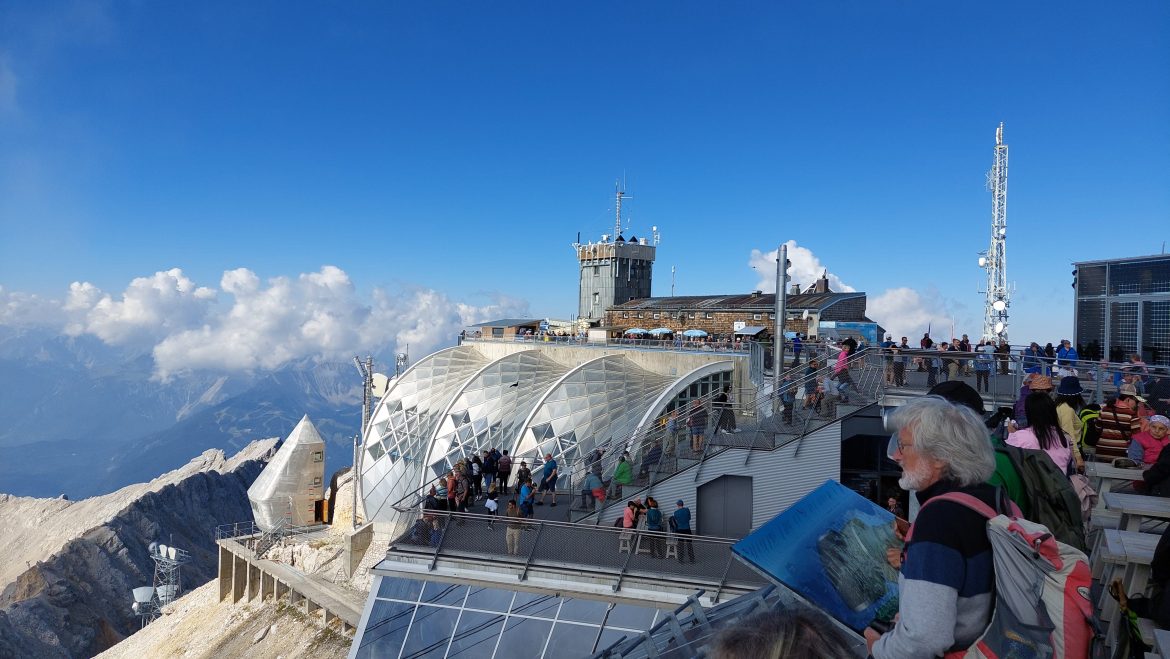
Zugspitze summit – glass buildings at Germany’s highest point.
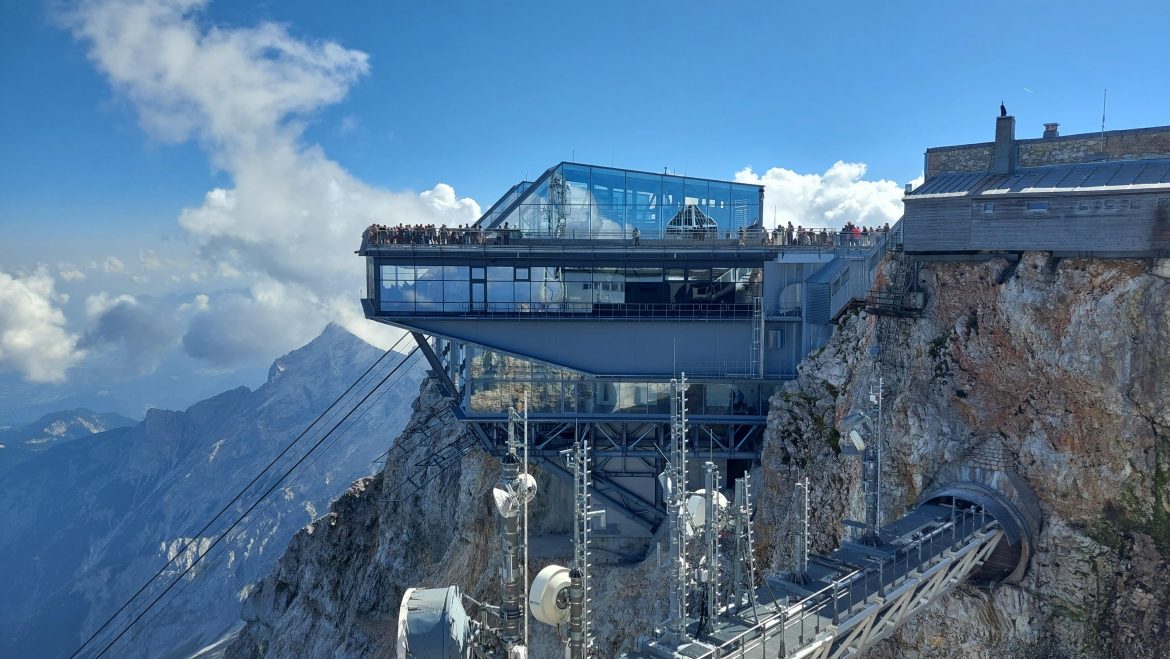
Zugspitze summit – stunning view of the Eibsee cable car from the Austrian side.
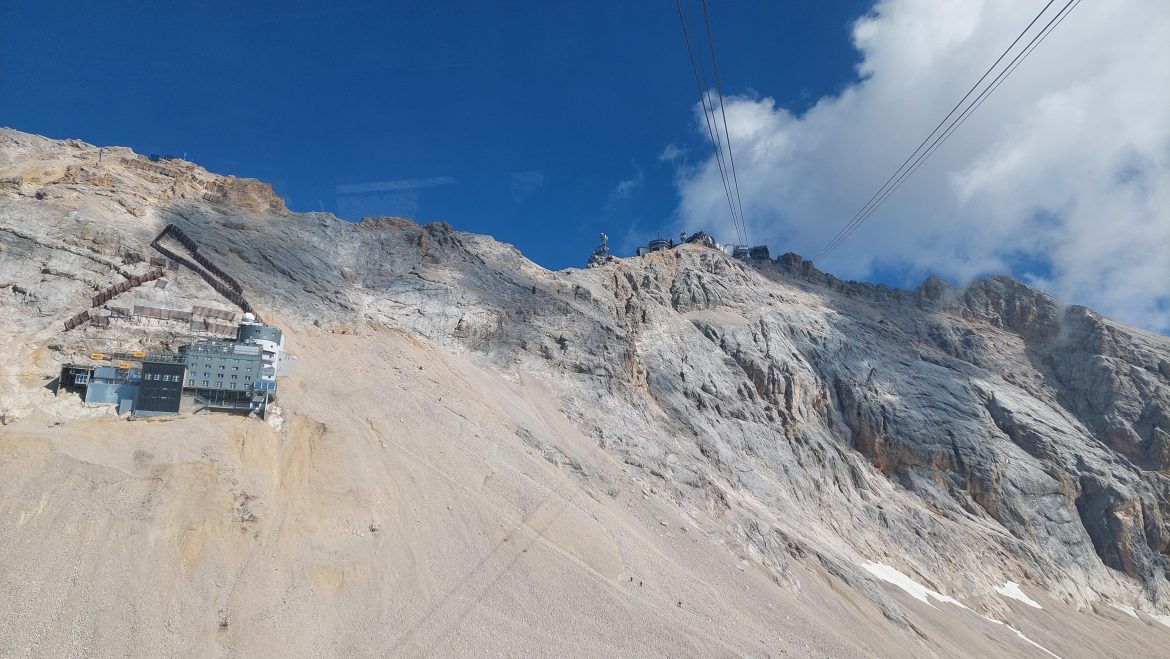
Ascending to Zugspitze – stunning views from the Sonnalpin cable car.
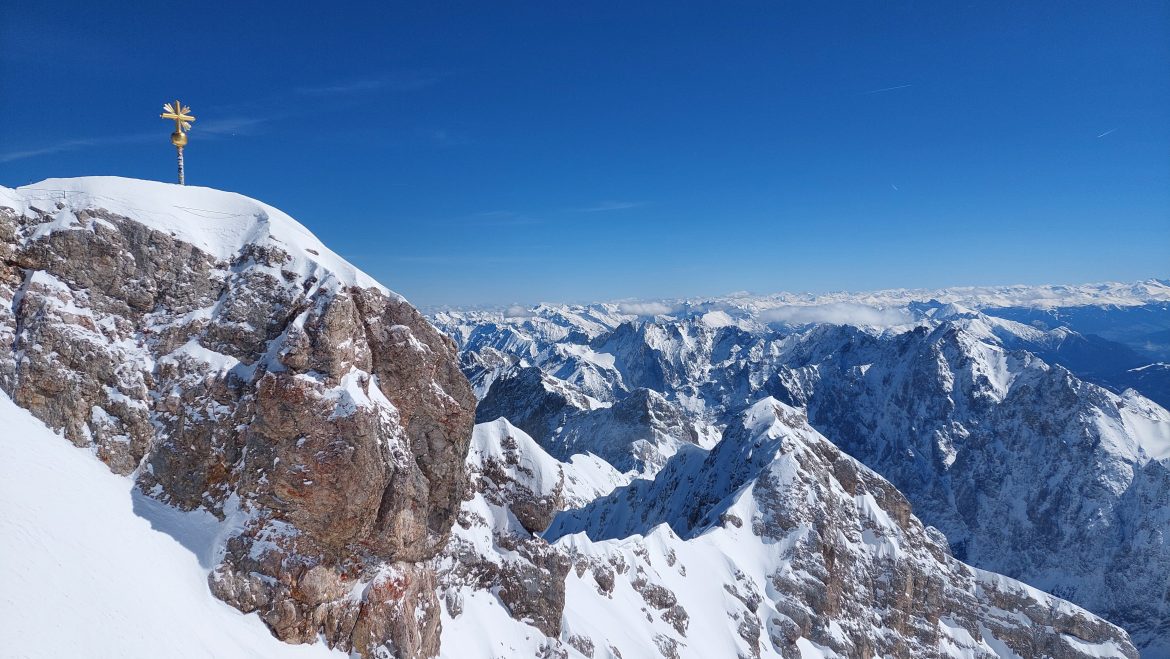
Golden cross on Zugspitze – the crown of the Bavarian Alps.
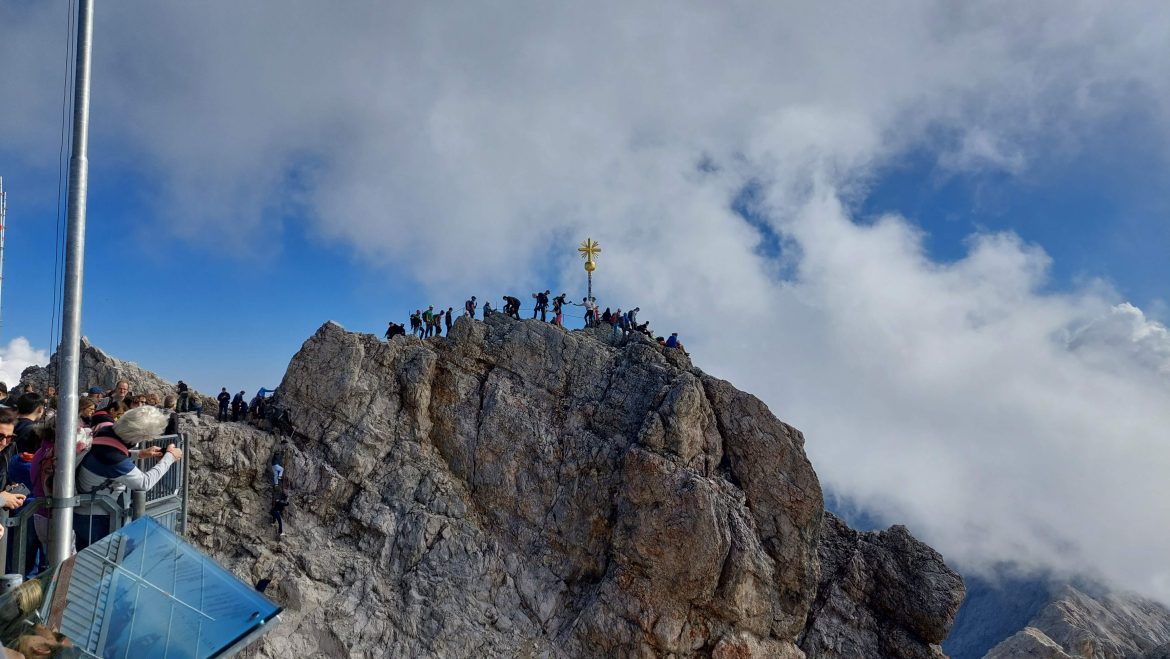
The golden summit cross on Zugspitze – a symbol of achievement for every hiker.
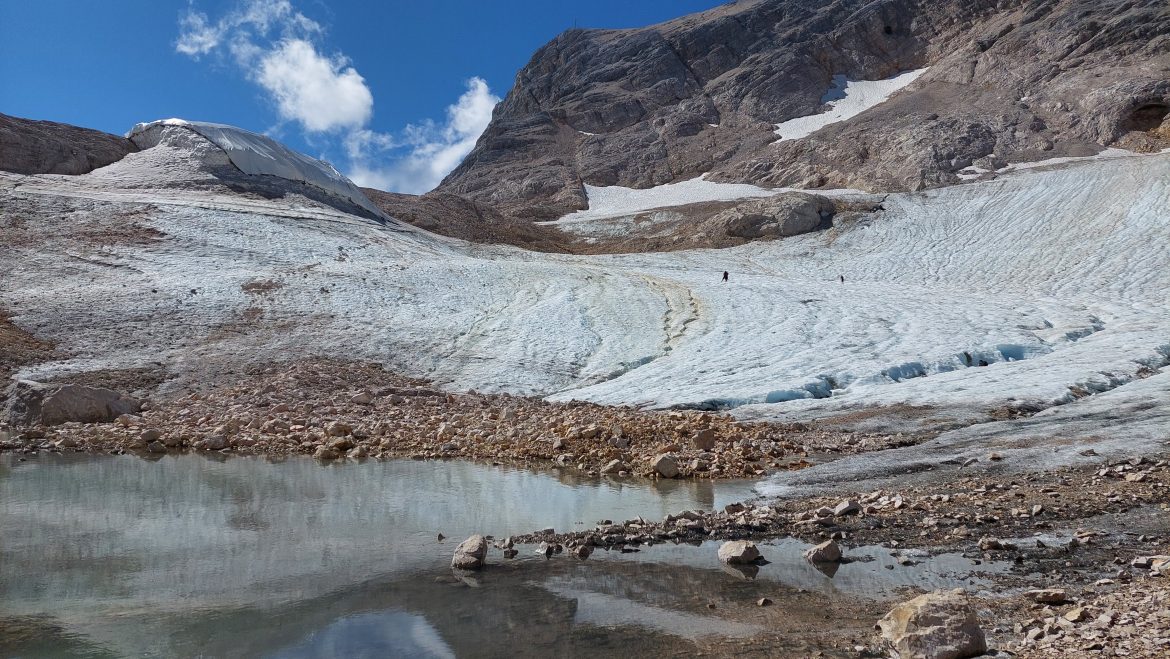
Melting glacier near Sonnalpin – witness the changing Alps.
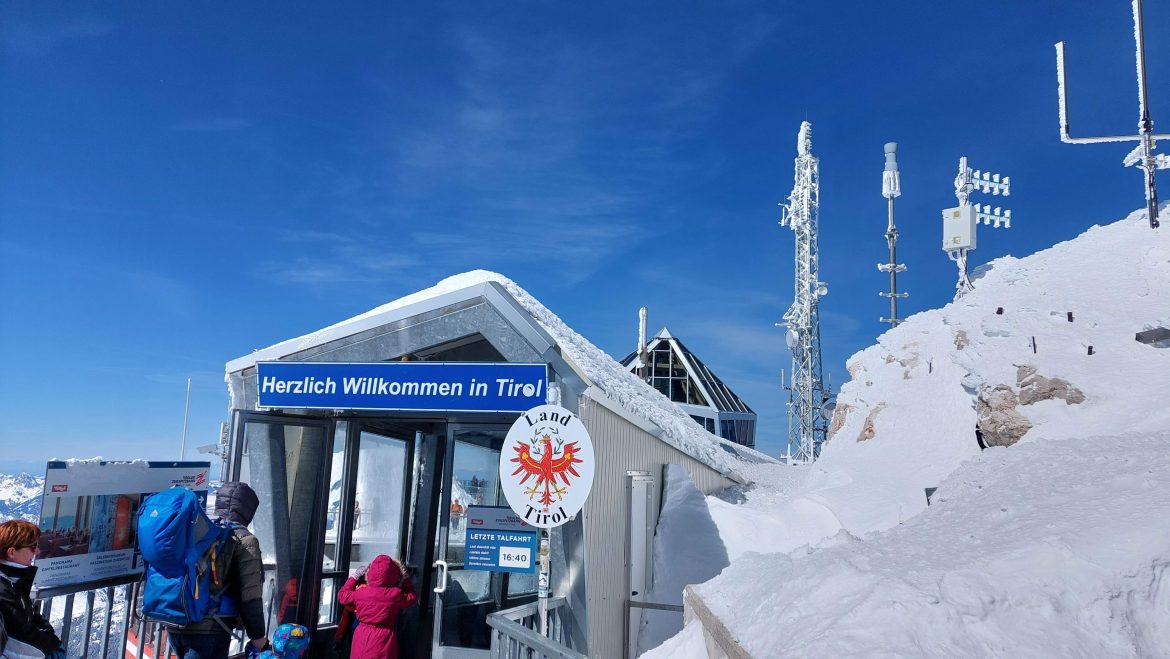
The summit gate to Tyrol – cross from Bavaria to Austria atop Zugspitze.
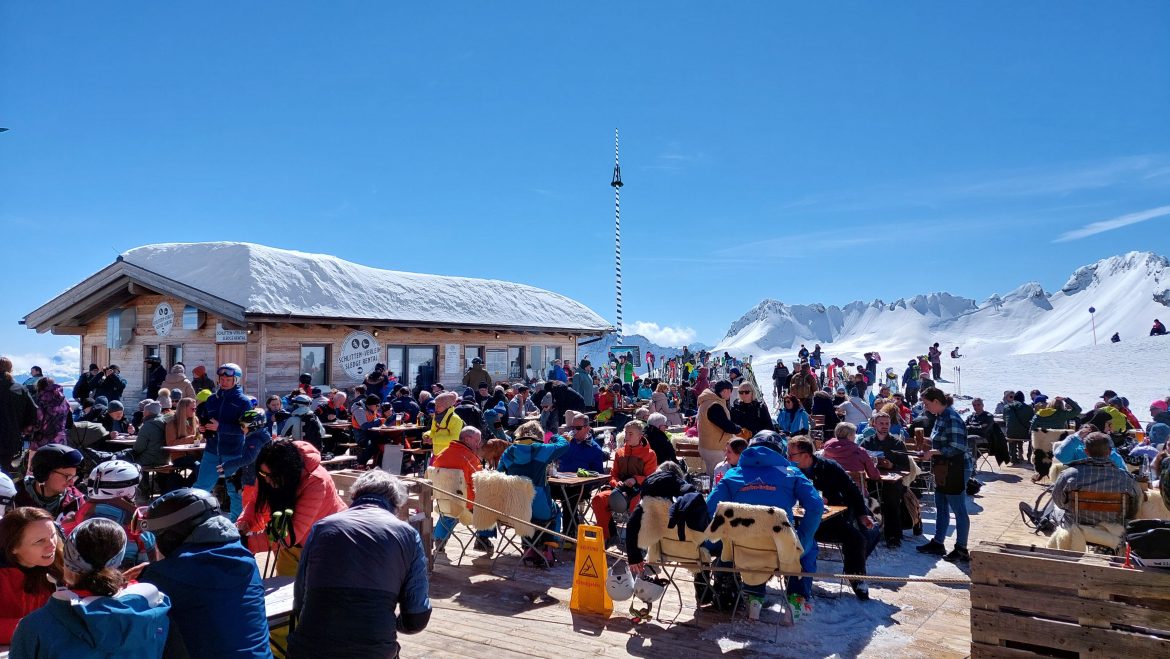
Dining outdoors at Sonnalpin – alpine sunshine and great views.
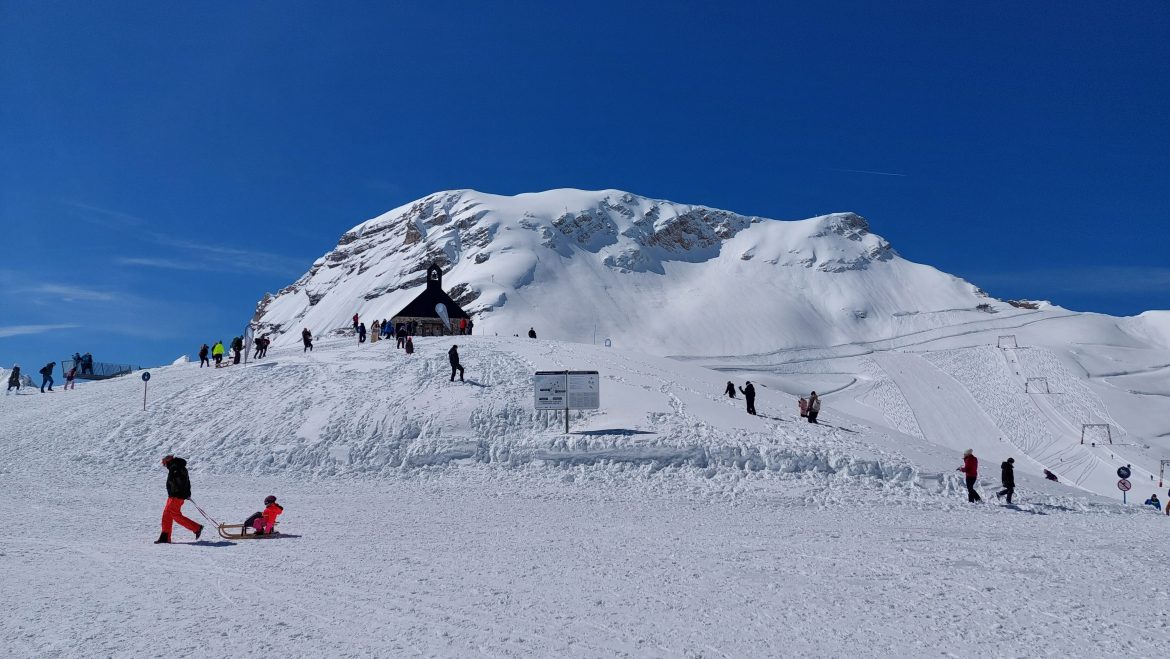
Sunny March at Sonnalpin – snow, people, and the iconic wooden church.
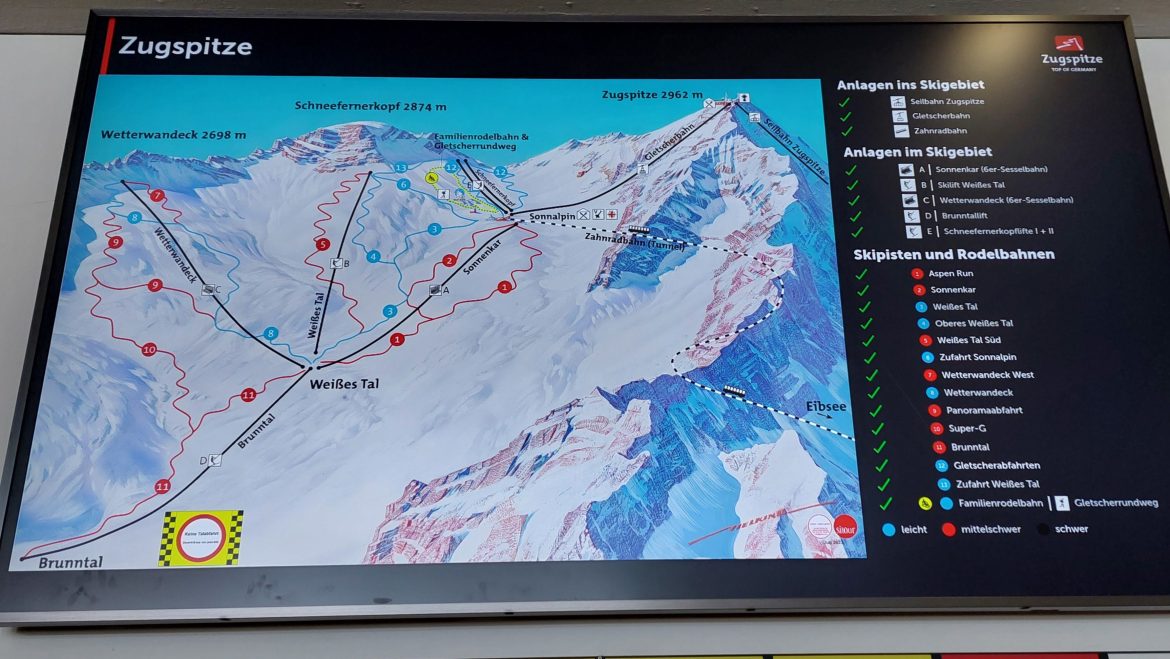
Map of Zugspitze cable cars and ski areas for your alpine adventure.
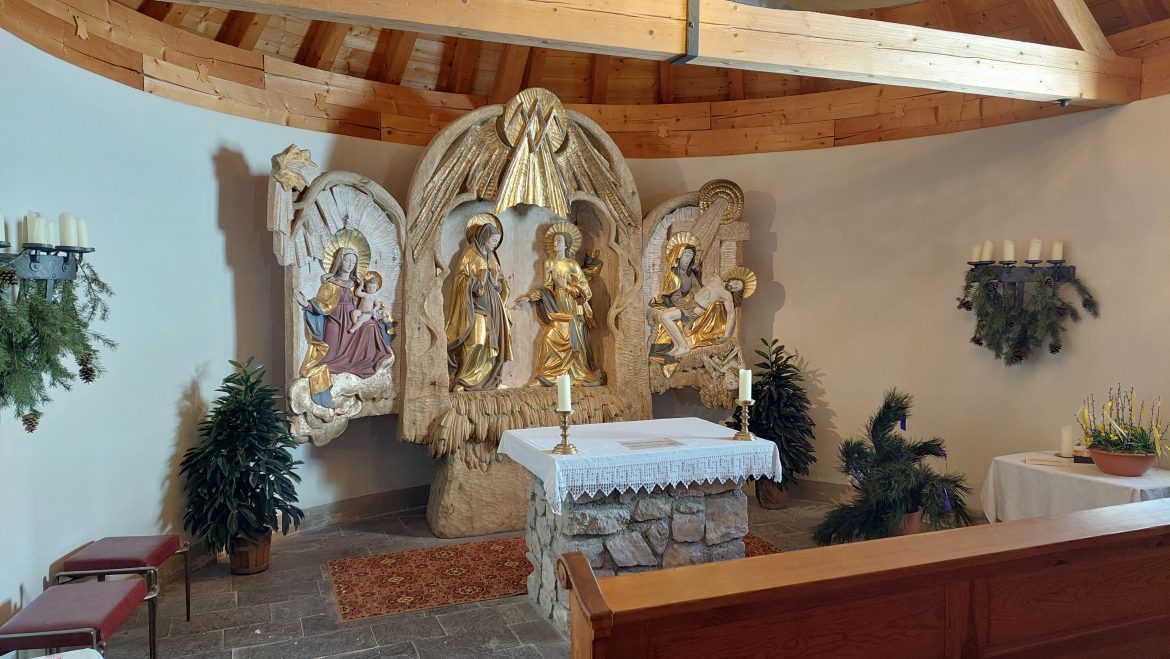
The church altar near Sonnalpin offers a tranquil retreat on Zugspitze.
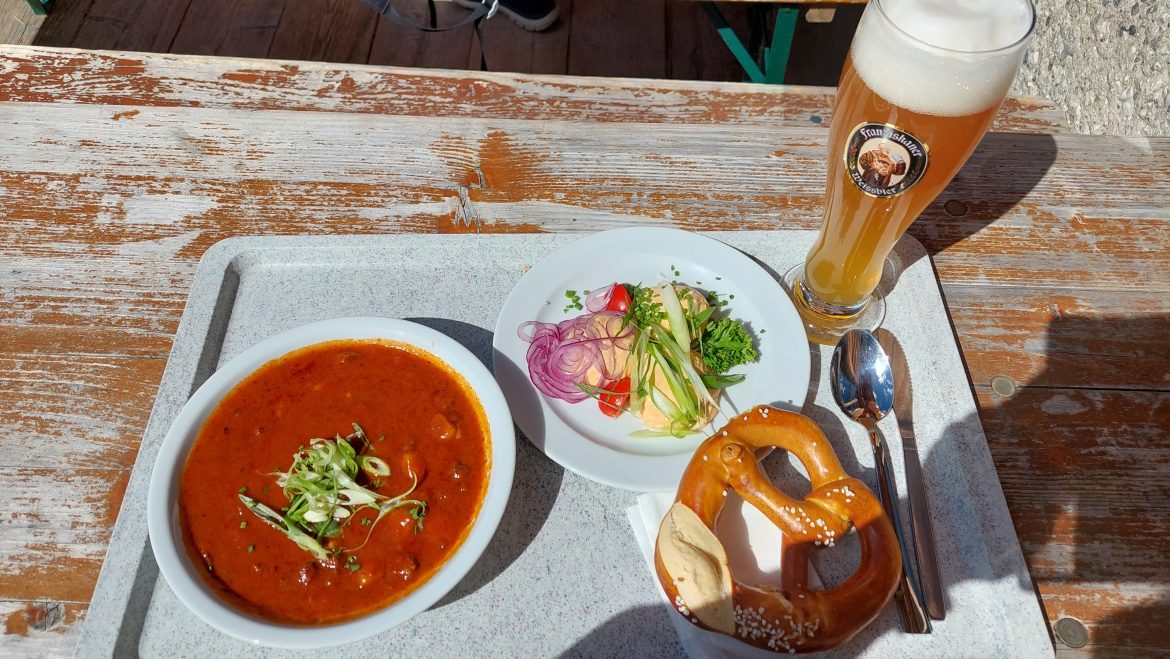
Enjoy Bavarian specialties and beer at Sonnalpin beneath Zugspitze.
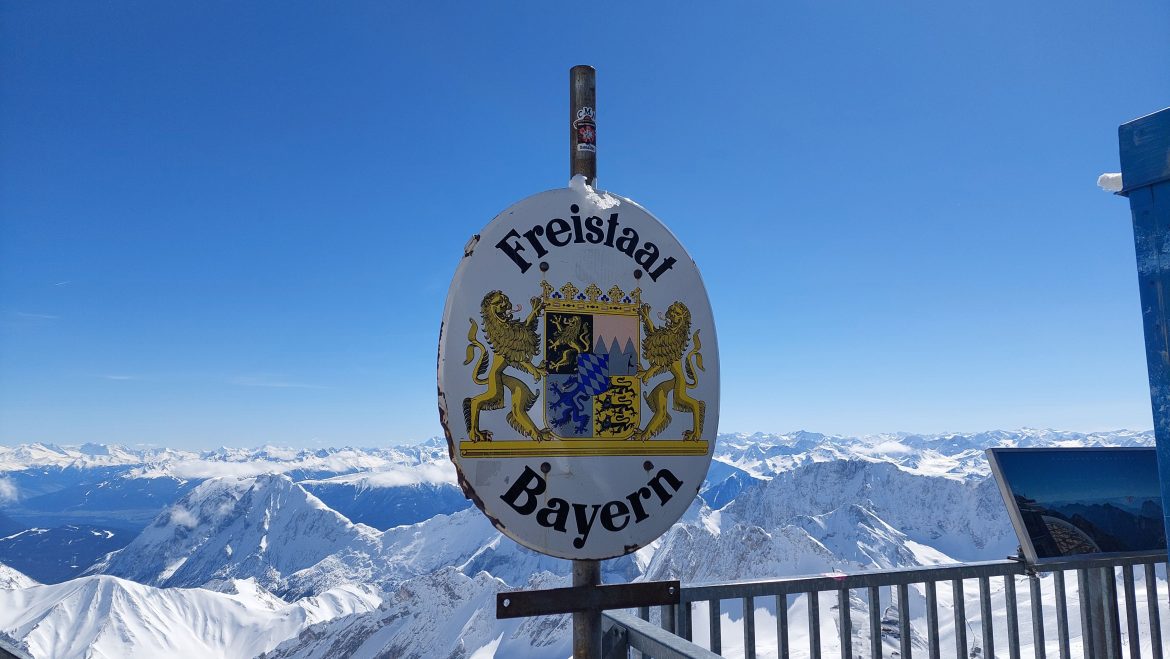
The Free State of Bavaria sign at Zugspitze – a must-see summit landmark.
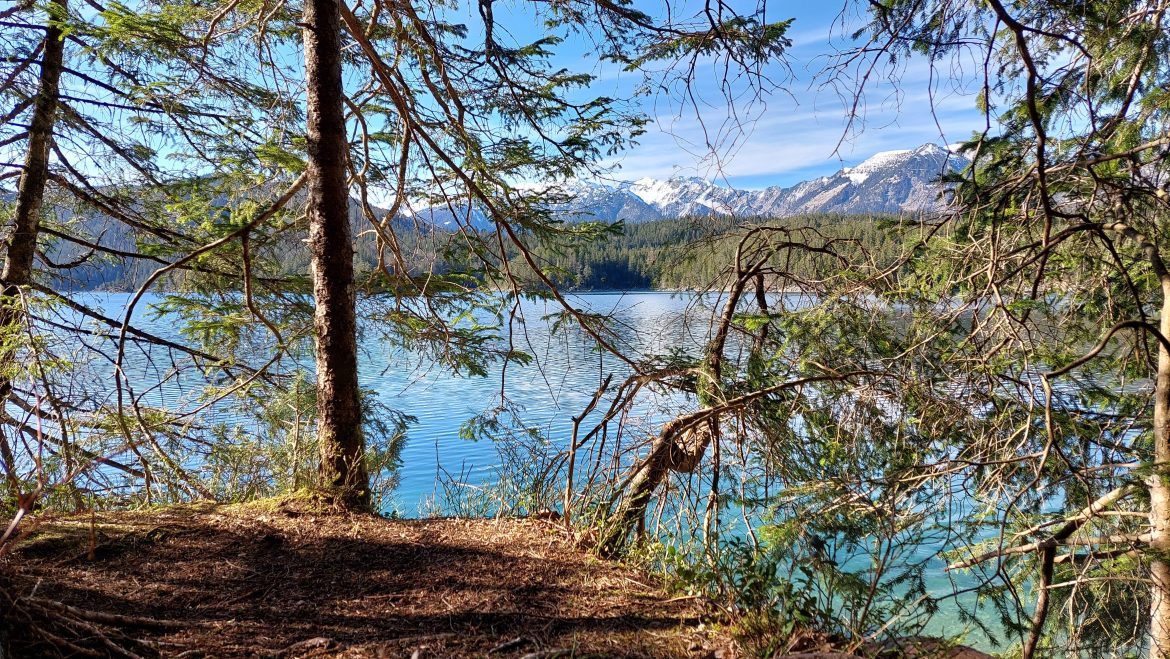
Eibsee Lake in March – a tranquil spring view near Zugspitze.
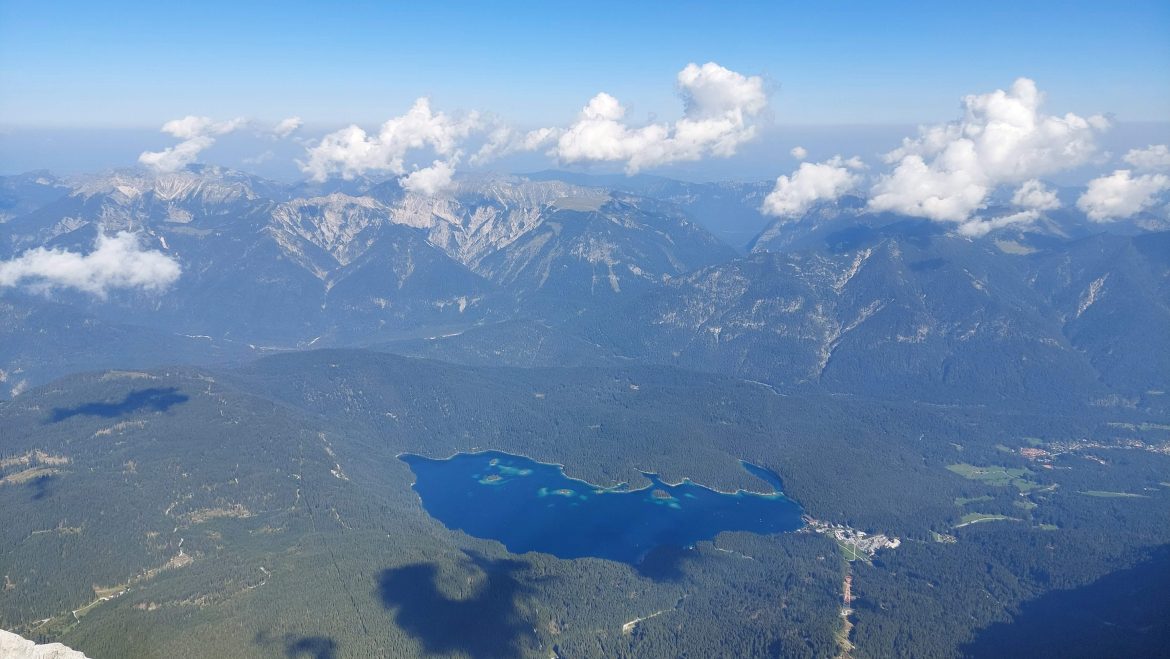
Eibsee Lake from Zugspitze – a breathtaking alpine panorama.
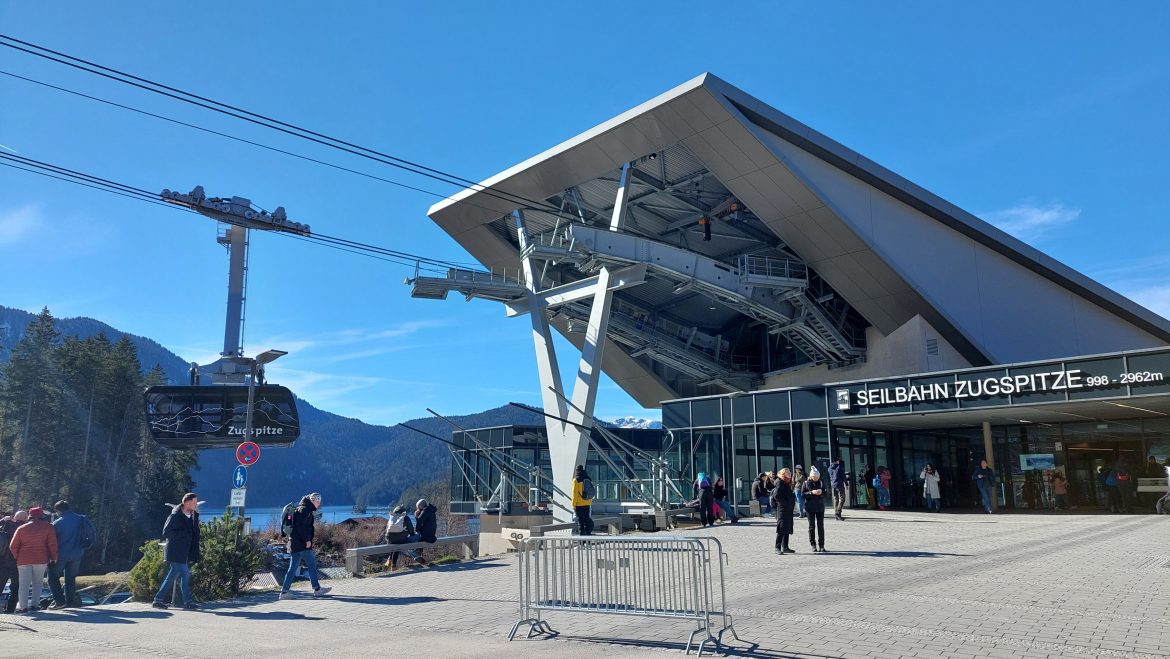
Eibsee cable car to Zugspitze – a breathtaking spring ascent.
7. Ready for More? Your Ultimate Guide Awaits
Conquering Zugspitze is a profound achievement, a moment where you stand atop Germany, gazing across nations. It’s an unforgettable journey of challenge and reward.
This short guide offers a glimpse into that experience. For the full, in-depth planning details, detailed itineraries, digital tool recommendations, and comprehensive FAQs, download our exclusive “Zugspitze Conqueror’s Toolkit”. It’s the ultimate resource for every aspect of your Bavaria Wanderlust adventure, crafted to ensure your trip is seamless, safe, and truly extraordinary.
Coming soon…
Download your comprehensive guide today and unlock every secret to your dream Zugspitze adventure!
